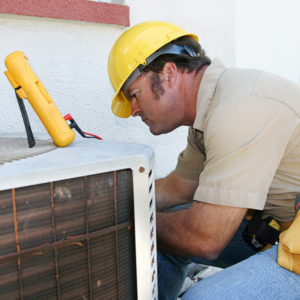 With energy costs increasing, making sure HVAC systems work at peak performance is a must.
With energy costs increasing, making sure HVAC systems work at peak performance is a must.
All systems need ongoing care, even the top-of-the-line ones that come with high-quality fittings, vents, and accessories. Some HVAC problems are less obvious and often decrease efficiency and increase the wear on expensive parts.
A standard maintenance checklist includes checking settings, cleaning ducts, coils, vents and filters, and lubricating all moving parts. This regular maintenance is certainly necessary, but for 100% efficiency, you need to go a step further and test airflow and refrigerant charge. These invisible repairs have the potential to save your customers a lot of energy—and money.
Airflow is determined by a number of factors, and too much or too little has a negative impact on HVAC system efficiency. Too much airflow is rarely the problem and is often easily remedied by adjusting the air fan speed.
Too little airflow, however, is a more complicated matter. You have to look at many parts of the system before adjusting air fan speed, but it’s worth the extra time. According to Rob Falke, President of the National Comfort Institute, “the typical duct system’s resistance to airflow is approximately double what it should be.”
Before you concentrate on airflow, it’s a good idea to go through all of the items in a standard checklist, since dirty coils and ducts can reduce airflow.
The airflow aspect of a system should start at the design stage, with calculating the air fan manufacturer’s settings against the design of the system. Keep in mind that these calculations are based on the ideal conditions of the lab. Even when you’re sure everything is done right, the only way to evaluate the quality of the design is to measure airflow.
Why duct length matters
A common design issue is duct length near the fan. A system needs three duct diameters in length for intake and outflow. Where that is not possible, you have to make adjustments. When the intake range is too short, you can install a rounded throat into the elbow. This helps to even out the airflow before it hits the fan. For outflow, you can use turning vanes to regulate the flow as it leaves the fan.
It isn’t only dirty coils and filters that reduce airflow. New coils with more fins per inch and thicker fins can be restrictive to airflow. These coils are generally considered more efficient, but their impact on airflow should be weighed against other factors. Your customers need to strike the same kind of balance with filters. A filter that is better at removing particles from the air will be more restrictive to airflow.
More buildings have cooling systems today, which means monitoring refrigerant charge is part of more inspections and repairs. Every system has an optimal refrigerant charge, or level of refrigerant gas, for running at peak efficiency. The wrong refrigerant charge not only impacts energy efficiency; it creates unnecessary wear and damage to coils and compressors.
You can test refrigerant charge with gauges or with a series of calculations based on the equipment load and calculations based on the design. Gauges are generally more precise, but installing them can cause leaks.
Regardless of how you test refrigerant charge, it’s a good idea to test before any problems become evident. If you wait until there is evidence of a leak, the system will already have sustained costly damage.
With frequent measuring and monitoring of airflow and refrigerant, early detection will keep the system running efficiently, saving you and your customers a lot of time and money.


